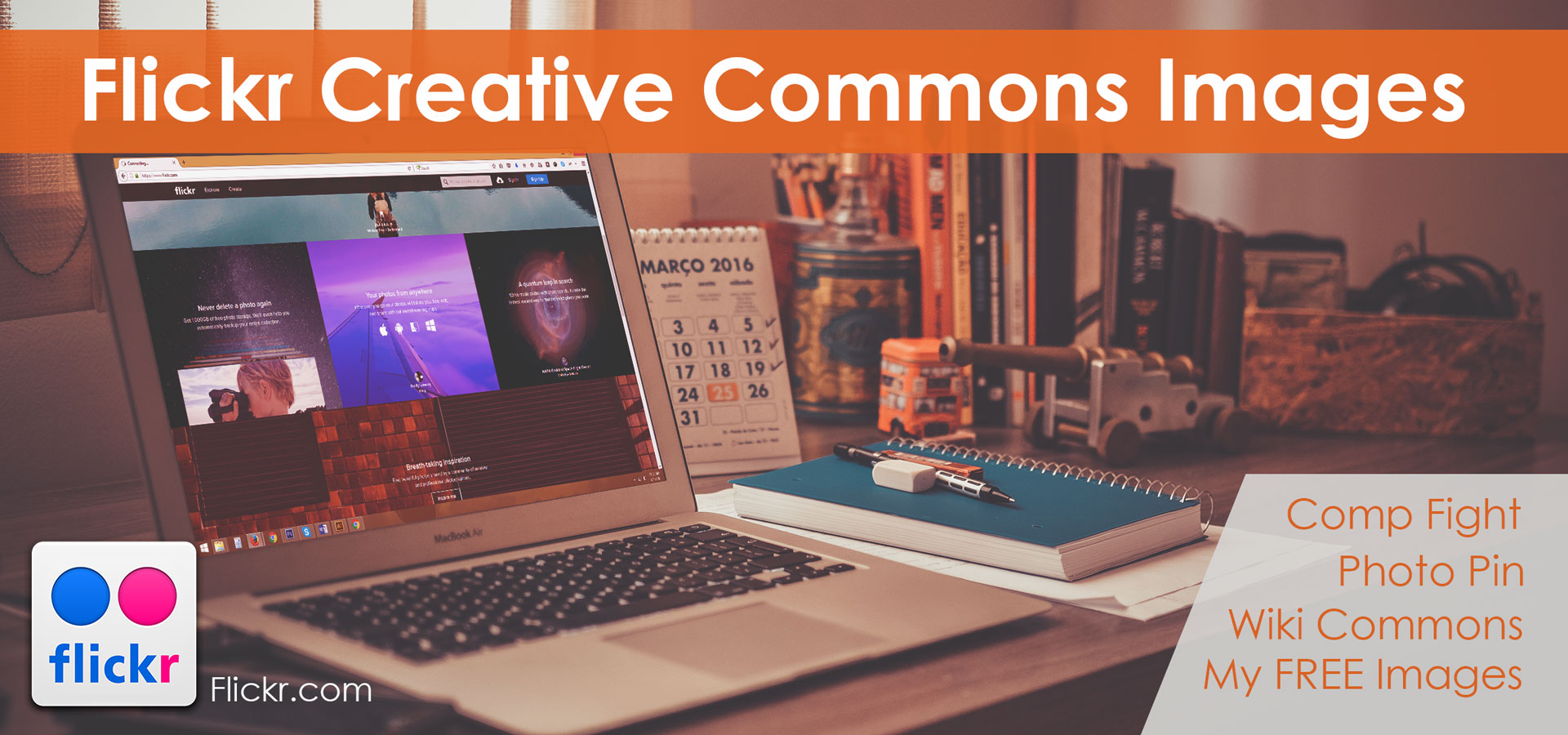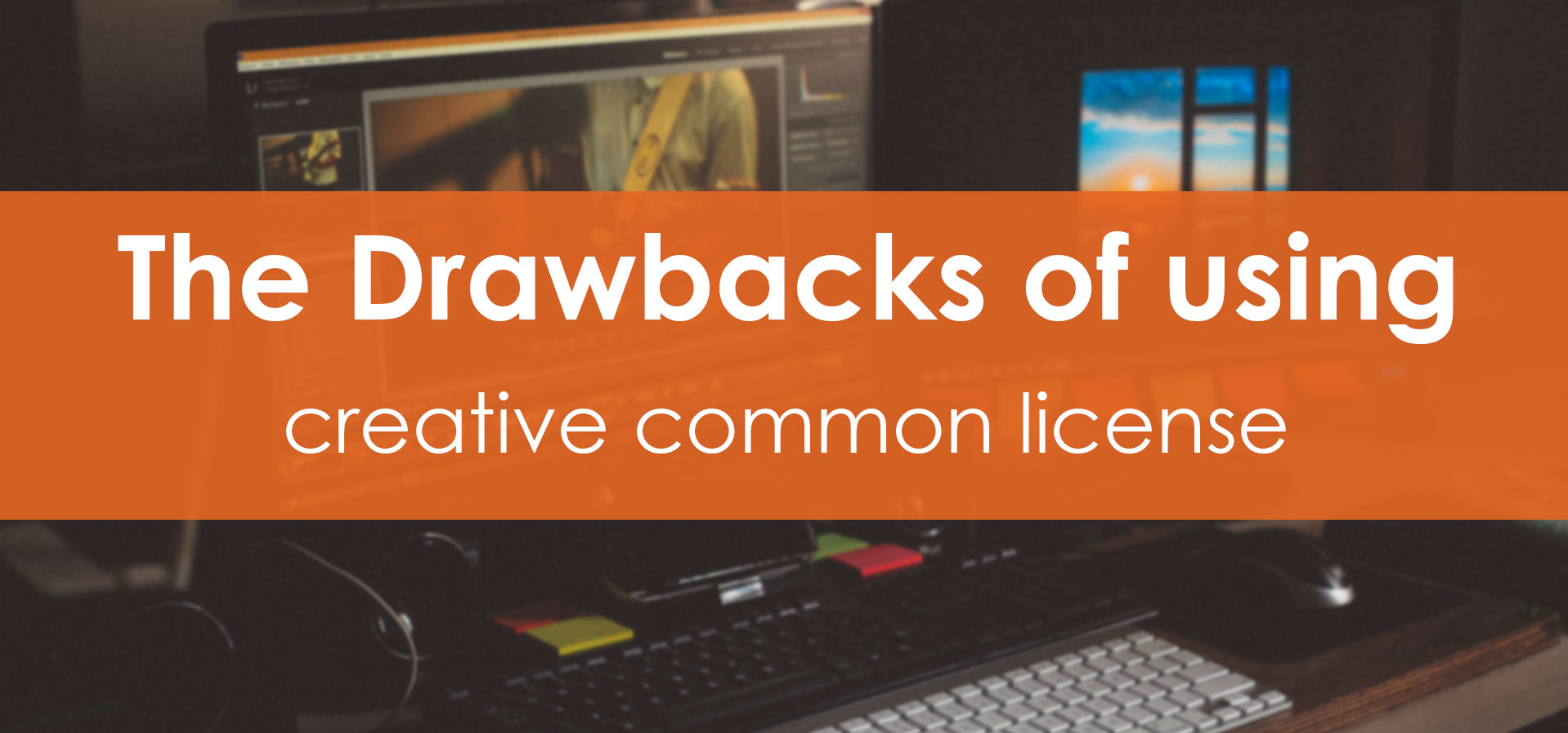Things You Need To Know Before Using Creative Commons Images For Your Blog

Today, many bloggers operate their own blog site to spread their writings, thoughts as well as to promote their creativity. As only textual representation makes a blog boring and unattractive, a blogger may use a relevant image for his/her blog content. But how to collect these blog images and from where? Many will suggest you that to search in google, download and use those images.
No doubt that they are your well-wishers but it may ruin your entire blog site. Shocked? Let me explain why. Usually, images found in google are copyright protected. It means you can not use those images without the proper permission of the owner of those images. You may think who will care if you use such photos. Let me warn you that you may be sued or fined or both or subjected to other legal procedures from the image owner. The entire incident is enough to bring a vulnerable condition for your blogging career.
In this article, I am going to tell you about an alternative way to use images which are free from copyright claims mentioned above.
Creative Commons (CC)
Creative commons is a USA based non-profit organization which works for expanding the area of creative works of a certain person/ organization for others. This license allows people to use a creative work for their personal usage. The organization has released several copyright-licenses known as Creative Commons licenses free of charge to the public.
Creative Commons (CC) was founded in 2001 by Lawrence Lessig, Hal Abelson, and Eric Eldred with the support of Center for the Public Domain. The founding management team that developed the licenses and built the Creative Commons infrastructure as we know it today included Molly Shaffer Van Houweling, Glenn Otis Brown, Neeru Paharia, and Ben Adida.
Where to Find Creative Commons Licenses
If you go to google for searching creative commons license related topic, you may get confused. So, I am here to help you to find out the right way for creative common images.
Flickr Creative Commons Images
Flickr.com is the one of the easiest sources from where you can collect images under creative commons license. You can find a lot of images under this license which can be used for various usage such as blog image. As all of the images are not licensed under creative commons license, you can take help from some tools which can search only these category photos. Some of the helpful tools are-
Let’s start: Build a clear concept on Creative Commons Licenses
When someone who wants to use an image on a blog post (personal or professional), book cover or eBook, s/he must need to know which image is allowed to use and which is not. Under the each image found in internet i.e Google, Flickr, Pixabay you can see some logo or indications or signs. As these signs have specific meaning. Let’s make it clear.
- Attribution – It is compulsory
All versions of the Creative Commons licenses require attribution. What does it mean? It says that wherever the image is used, it must be linked back with its original/source image or name of the person. Some put this at the bottom of blog posts wheres other put it right below the image. Both are correct.
- No Derivative (ND) – Any kind of alteration of image is prohibited
If there is a Non-Derivative license, it means you cannot change the image. How can an image be changed? For example- one can change an image by using Adobe Photoshop, illustrator or any other image editing software’s. But images under creative commons license can not be edited or changed or manipulated via graphical/ electrical means.
- Noncommercial (NC) – Restriction on the use for Commercial Purposes
A Non-Commercial license means such images cannot be used for any kind of commercial purposes such as for selling those images on commercial basis for earning money.
- Share-Alike
This is more of a sub-clause in the license, and means that you also allow your creation to be shared.
Can using a Creative Commons licensed image protect a user from copyright infringement claim?
The answer to this question is ‘No’, because usually you’ll have no way of knowing whether the person who applied the license to the image was the owner of the copyright in the image or was authorized by the true owner to release it under the selected Creative Commons license.
If someone was to complain that his or her image had been taken by another person and Creative Commons licensed without permission, the simplest solution would be to take the image off your site and replace it with a different image. Theoretically, the true owner could pursue you for copyright infringement but, in the vast, vast majority of cases, that is highly unlikely.
The Drawbacks of using creative common license
There are some problems of using creative common license. For example- Flickr makes it very much easy for users to search images licensed under creative commons. This gives users a good opportunity to use a lot of images for their own purposes. But a major drawback is that an owner of an image can anytime change the license type and it may create a matter of dispute.
So if you are interested in using photos licensed under creative common certificate, you must consider these facts. It will protect you and your blog from unwanted situation.







